Sponsored by Saga Prefectural Tourism Federation
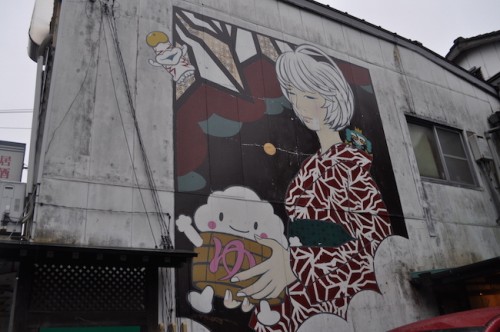
When many visitors think of Japan, one of the first things to come to mind is onsen, hot springs. Japan, a volcanically active island country, is full of naturally spewing hot springs from top to bottom. Any region or prefecture you visit will have an inn or public baths that are operated by natural hot spring water. With the amount of hot springs that there are, it’s hard to know the true benefits of each, or which ones to choose. However, not all hot springs are the same, and some have different benefits than others.
Ureshino Onsen: voted one of the best in Japan.
Ureshino Onsen in Saga Prefecture is one of the best hot springs in the nation. The town of Ureshino was voted in the top three best onsen towns in the country for hot springs with beauty benefits. The other two are Hinokami in Shimane Prefecture and Kitsuregawa in Tochigi Prefecture.
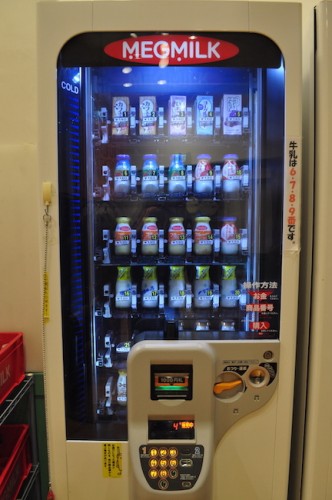
What’s in the hot spring water?

You’re probably wondering what makes the Ureshino hot springs so special. The difference in hot spring waters comes from its mineral content. The varying content can give people different health and beauty benefits. In the case of Ureshino, the water is rich with sodium bicarbonate and sodium chloride, which help rinse off unwanted secretions and oils off of your skin. This benefit leaves the skin feeling silky, smooth, and brand new. The hot spring helps lock in moisture and renew worn-out skin. Its waters not only has benefits to the outside, but to the inside, as well. Ureshino onsen has positive effects on the digestive system, liver, and other organs. Hot springs can also differ in characteristics. While some have cloudy or thick qualities to the water, Ureshino onsen is much more clear and smooth, but thick at the same time. This makes for an easy and comfortable bathing experience. Hot springs also come in different temperatures. Ureshino onsen is naturally between 85-95°C, which is then cooled down to a rather comfortable temperature for bathers to enjoy. While some onsens I’ve experienced are much too hot, Ureshino is a nice temperature to be able to sit an relax in. The tip I received from locals about the hot springs is to not rinse off with a shower after you’ve enjoyed the hot springs. Let the minerals soak into your skin to get the full effects!
Dip your feet in the public foot baths!
Ureshino is unique as to how much the onsen culture is incorporated into the citizens’ everyday lives. It’s hard to live in a town full of beautiful hot springs without making it part of the daily routine. When you walk down the main road, you come across what seems like covered huts in public parks. These open air places are actually free public foot baths called ashiyu in Japanese. Anyone can enjoy the public foot baths around the clock, since they are open 24 hours a day. People come with families, friends, or on their own to dip their toes in the warm onsen water and enjoy a peaceful time. These facilities are designed so citizens in wheelchairs and other disabilities can enjoy the facilities with everyone else. Another great and factor is the free wifi available at these locations!
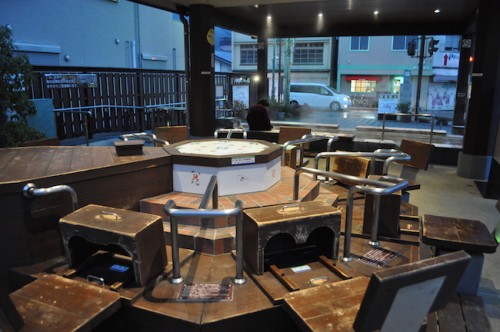
One location, called Yushuku Hiroba, even has leg steamers where you stick your legs into a hollow hole and let the hot spring’s steam ease your tired legs. I gave the footbath and steamer a go after a long day of walking and touring. And even though it was cold and rainy out, it was nice to be out in the quiet open air and to warm up my feet. I chatted with a local 93-year old lady sitting beside me in the footbath, who has lived and worked in the onsen town for seven decades. Even though it was nearly impossible to understand her Kyushu Japanese dialect, it was evident in her glowing skin and long life that the town’s waters must have been serving her well!
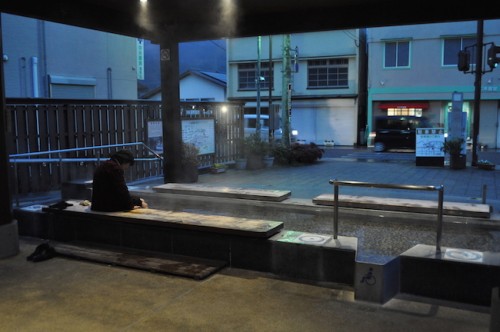
Make sure to wear easy clothes you can roll up to dip your legs and feet in the foot bath. And don’t forget to bring your own towel to dry off afterwards, or remember to buy a cheap onsen towel from any store nearby. Onsen towels are sold everywhere in town from tea shops to cafés.
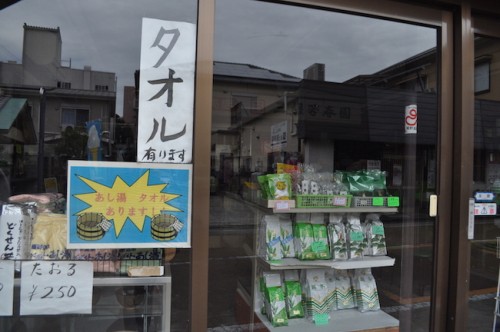
Visit the famous Siebold’s bath house
There are many hot spring locations to choose from in Ureshino. Many lodges have their own facilities while there are also public bath houses and even a Hot Spring Park. The famous one of all, however, is the Siebold-No-Yu, which means “Siebold’s Hot Spring.” Named after the famous German physician Philipp Franz von Siebold who introduced Western medicine to Japan, he was said to also be a big fan or Ureshino’s hot springs. If a medical professional believes in the benefits of these hot springs, there must be something really special!
The Gothic European style bathhouse which opened in 2010 was not only made to honor his legacy, but to also create a place to bring the community together. The two-story building serves as much more than a beautiful and clean bath house, but also as a community center and a place to educate citizens and visitors about the history and joys of Ureshino.
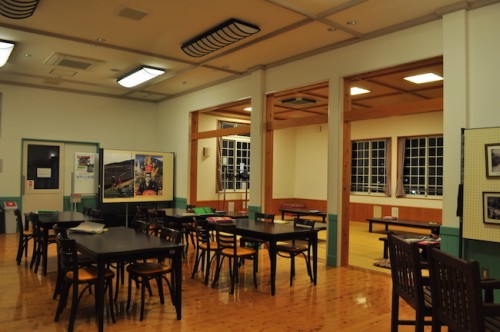
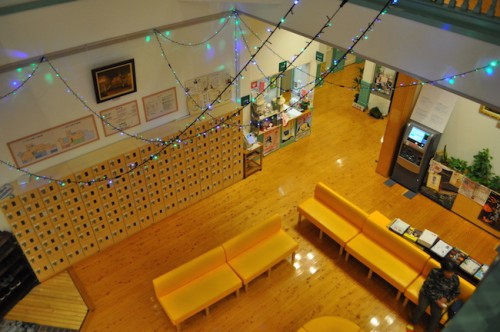

You can pray for your health and beauty, too!
In between the Ureshino Town Bus Center and the heart of the town (only a 7 minute walk in between), you’ll come across a quaint and strange shrine. This is the Toyotama Hime Jinja, a shrine dedicated to the Toyota Princess, a deity of water. The peculiar icon of the shrine the white porcelain catfish figurine that sits by the bodies of water around the shrine. The white catfish is a symbol for beautiful skin, and also is said to have the power to cure skin diseases. People come pay their respects at the shrine to cure such diseases and to pray for beautiful skin.
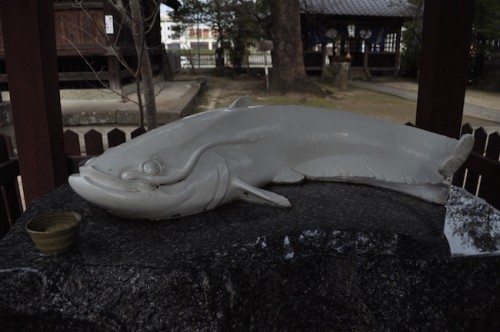
Where do I stay in Ureshino?
In the small town of Ureshino, there are more than 30 locations for accommodations, from the traditional Japanese ryokan to typical hotels. There is a variety to fit everyone’s budget, while some are grander ones with their own onsen bathing facilities inside, to smaller inns where you’ll be given a pass to use a nearby hot spring.
I stayed at Ryokan Takeya, right in the center of the town. Though the name makes it seem like a ryokan, I would consider my accommodations as more of a condominium. For ¥5000, I got my own room with bathroom and sink, a tatami room with a futon bed and kotatsu (heated blanket covered-table), and a little sitting area that looked over at the main street. While the TV and heating didn’t work even in the cold January weather, the family who runs the inn was very kind, friendly, and helpful. The inn didn’t have their own onsen, but my stay came with a complimentary voucher to visit Siebold-No-Yu.
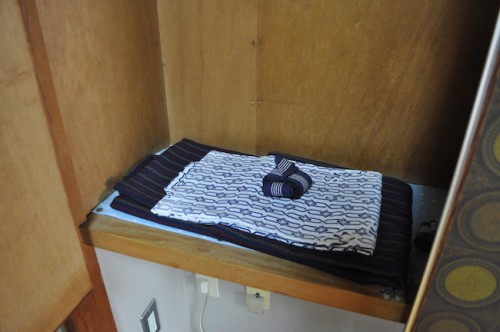
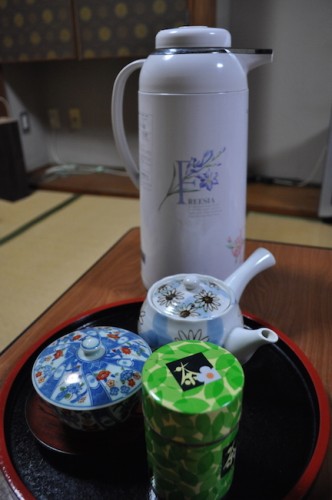
This stay also didn’t include any meals, but I instead had a spectacular time enjoying my dinner at an izakaya around the corner, where I spent hours chatting with and befriending the izakaya’s old couple and their friends. The izakaya owner’s wife even gave me a ride to my next destination the next morning, when she was shocked to hear that my public transportation adventure would take me three hours early next morning (the drive was only 20 minutes!).
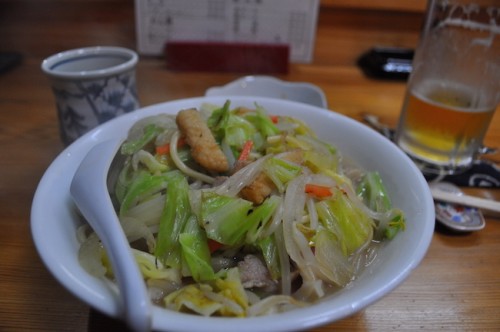
Even though Ureshino is famous for the onsen, don’t forget to enjoy the other beauties that come with it. From the famous food, onsen yudofu to local green tea, and of course, the company of the kind and welcoming locals.
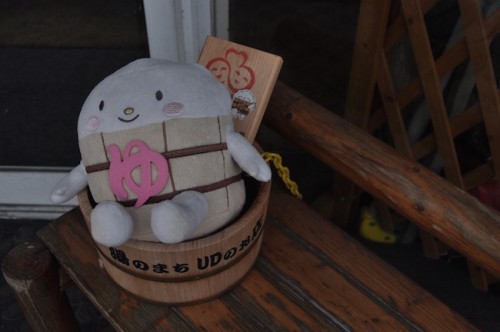
Need Help? Contact the Saga Travel Call Center
24/7 Assistance available in English, French, German, Italian, Spanish, Portuguese,Russian,Thai, Korean, Chinese (Mandarin & Cantonese), Vietnamese and Indonesian!!
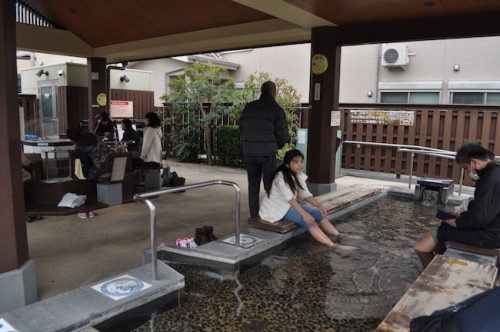
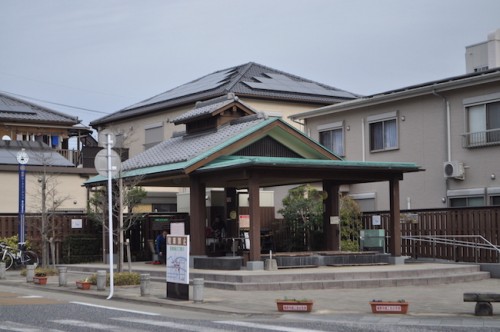
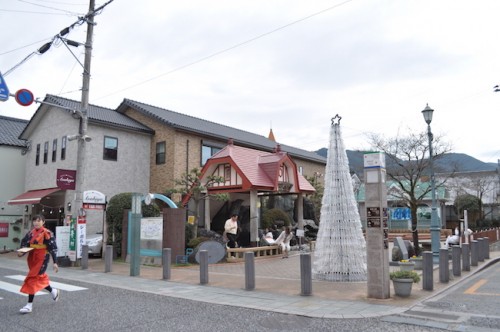
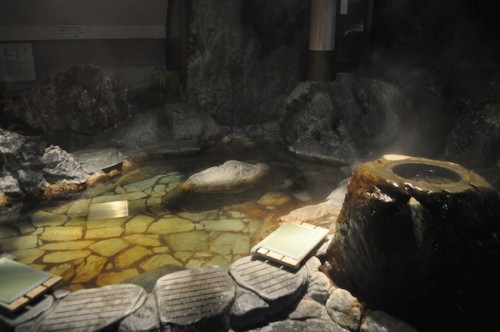
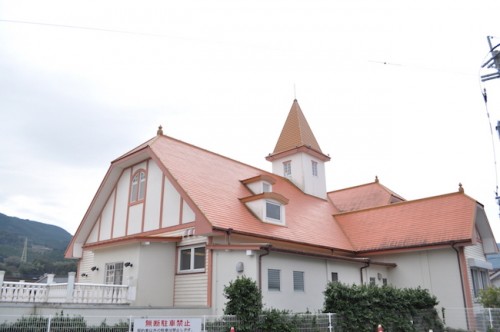
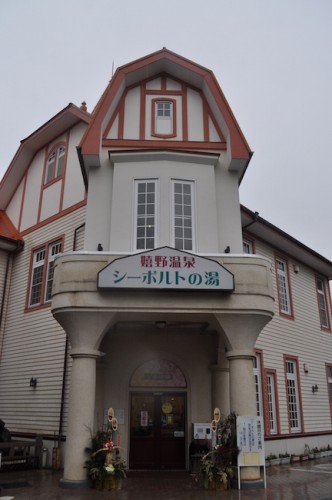
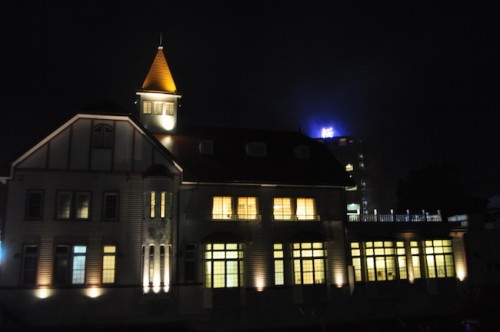
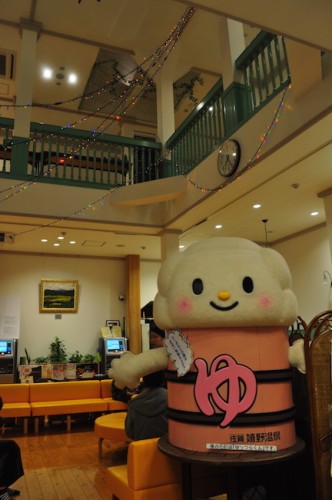
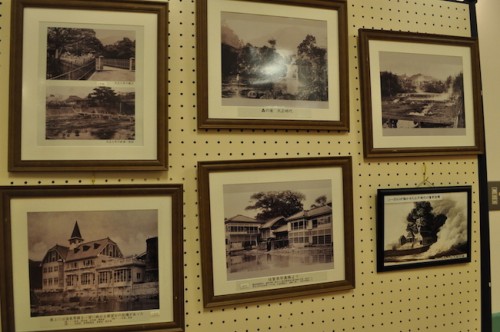
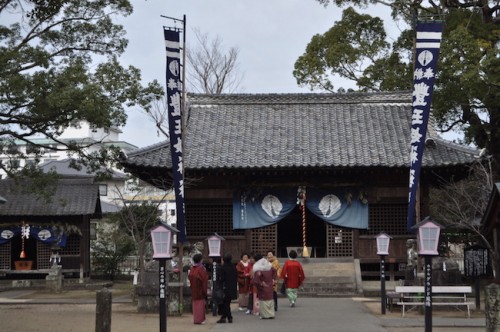
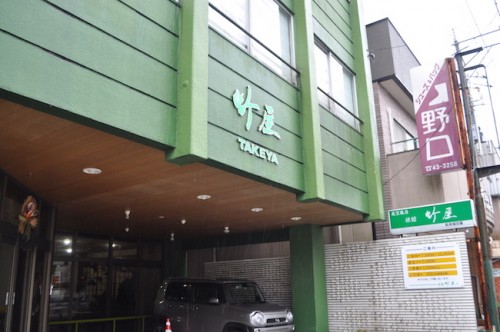
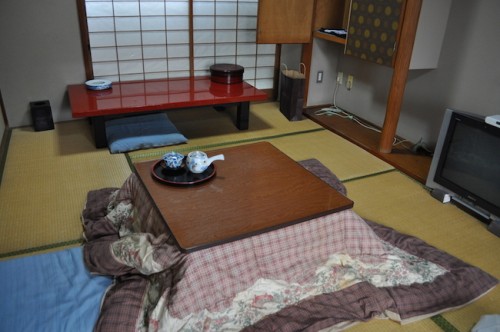
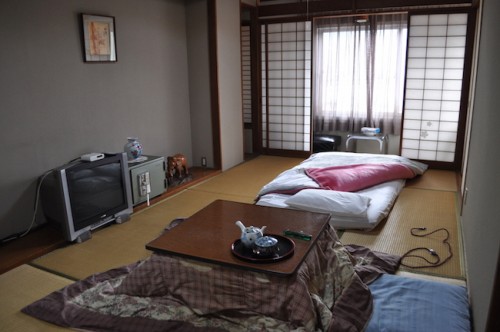
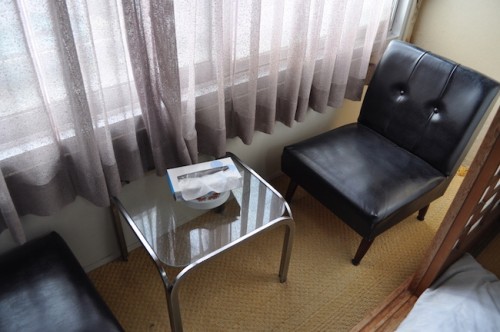
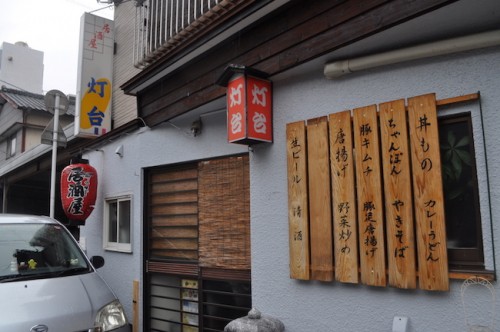
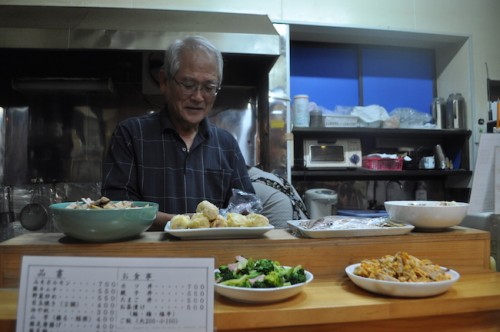
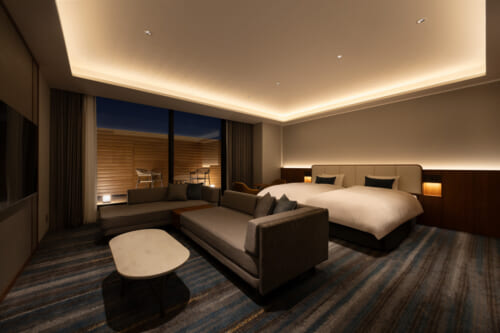
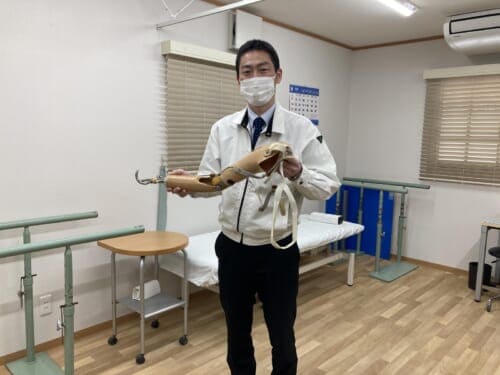
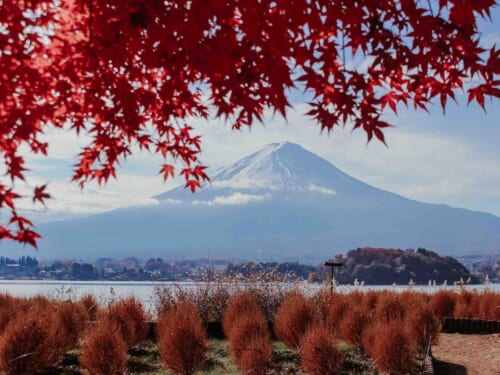
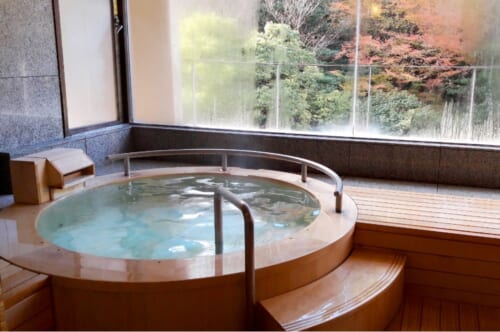
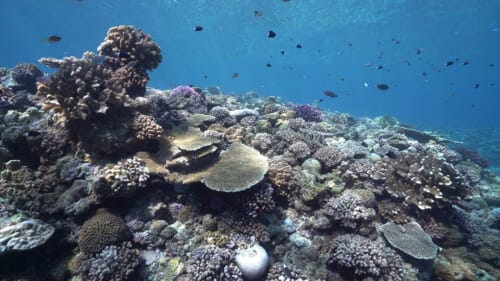
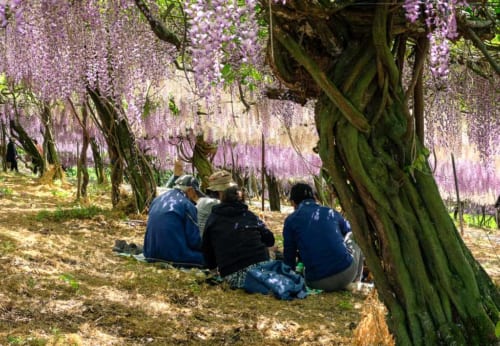
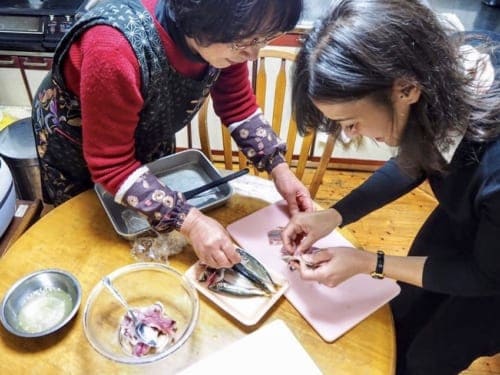
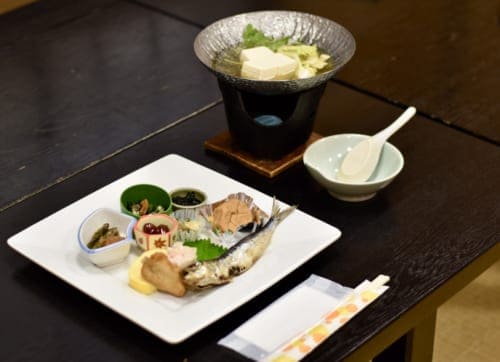
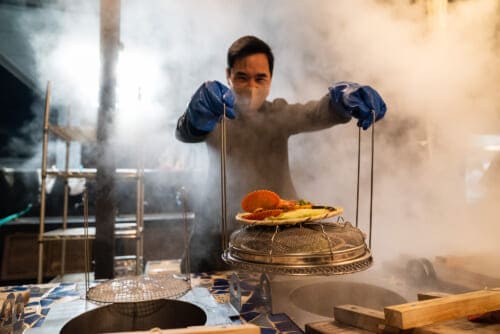


No Comments yet!